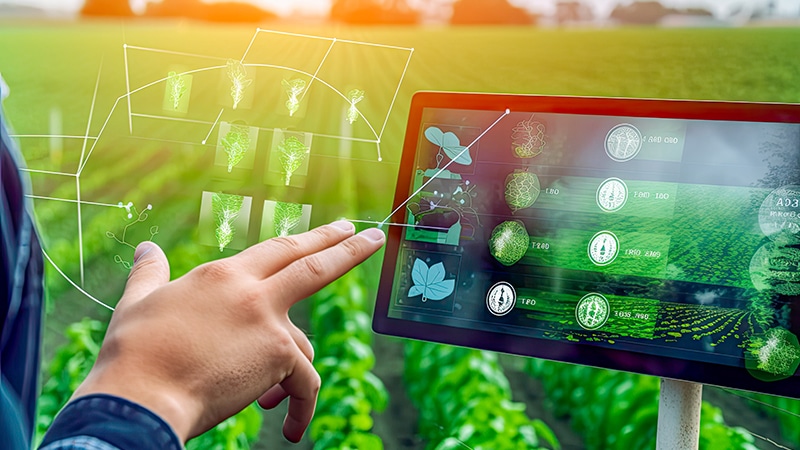Bringing Automation to Food Production

John Deere and SpaceX have partnered to bring new automation advances to food production. Automation in the food supply chain is nothing new and there are many examples of how automation has driven efficiencies by saving time and keeping costs down.
Most of the existing examples are found in the middle mile—the warehouse and DCs—moving ingredients and finished consumer products toward the final demand point.
Several leading companies have taken shots at automating the final mile with drone deliveries. Amazon Air, DHL, FedEx, UPS, and Walmart are all testing the waters with drone delivery of products, but not necessarily just food. Robot final mile is also being tested in select urban areas.
But those automated bot delivery attempts have hit some speed bumps. Drone and bot delivery methods are in their infancy and may be successful in the future, but today they can’t compete with something much better—human-driven DoorDash, Instacart, and Uber Eats last-mile food delivery.
Now comes a new alliance between two great brands—John Deere, with a long and storied 188-year history in food production, and Elon Musk, who is creating history with Starlink and everything else, it seems.
Deere has a long history in farm automation. How is this different? What’s the end game? For the first time, it brings web tone automation capabilities to rural internet dead zones, lighting up the first mile or starting point in the food supply chain. Aaron Wetzel, vice president of production for Deere, says it best: “Farmers must complete tasks within extremely short windows of time. This requires executing incredibly precise production steps while coordinating between machines and managing machine performance. Each of these areas are enhanced through connectivity, making the entire operation more efficient, effective, and profitable.”
The possibilities are exciting. Enterprise automation from low earth orbit, to rural farms both large and small, in the United States and around the world. Super accurate maps of all available arable fields.
Increased efficiency and sustainability. Better water and fertilizer management. Then there are the seasonal labor shortage challenges farms must contend with. Satellite automation can help there with all of that and more.
Imagine robotic combines, seeders, plows, fertilizers, or anything a tractor can pull. And most importantly for supply chain planning purposes, 10-ton harvesters like sentient bugs picking the fields clean and pushing advice to demand points around the globe.
The offline start point of the food supply chain is coming online.

